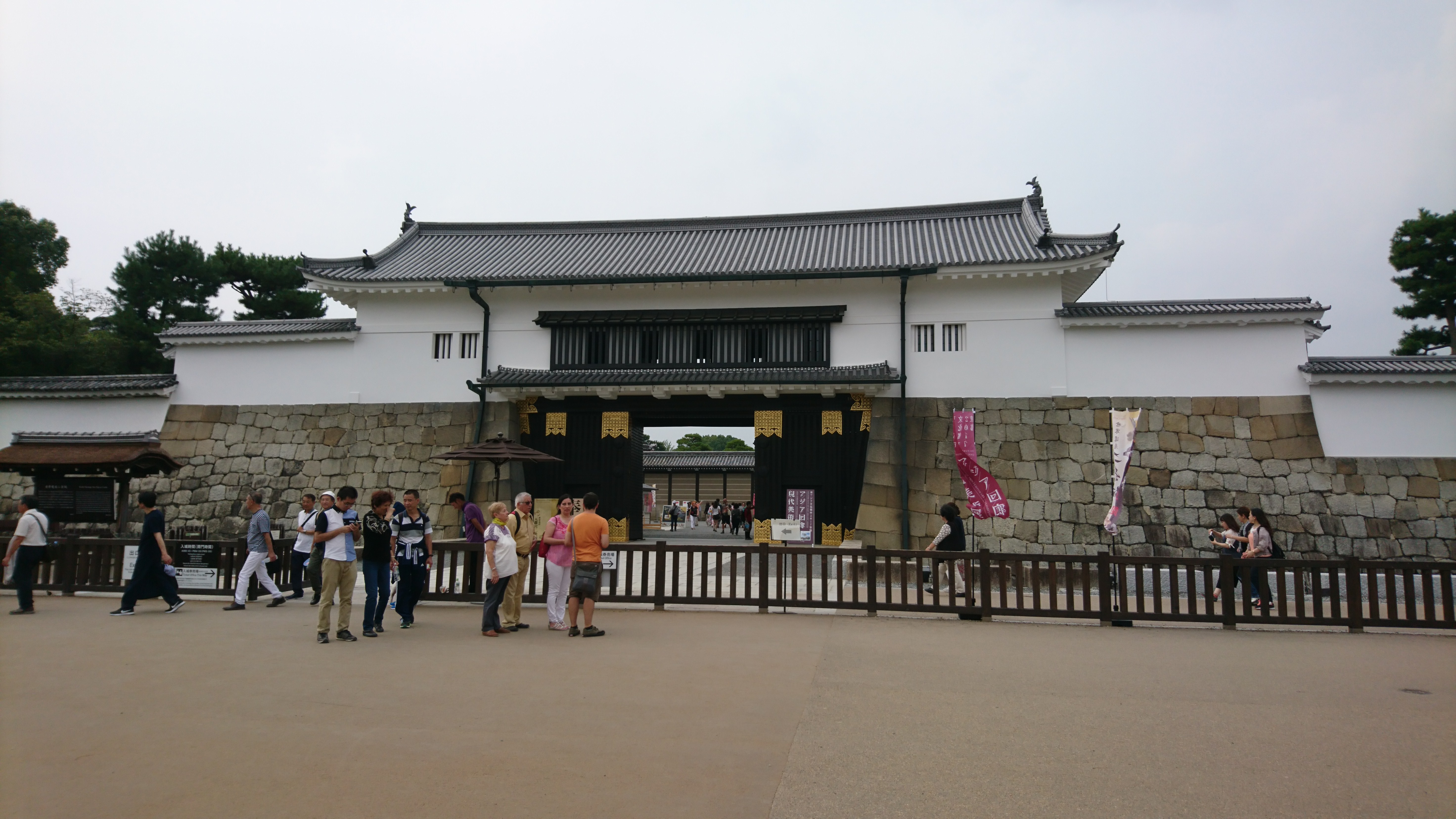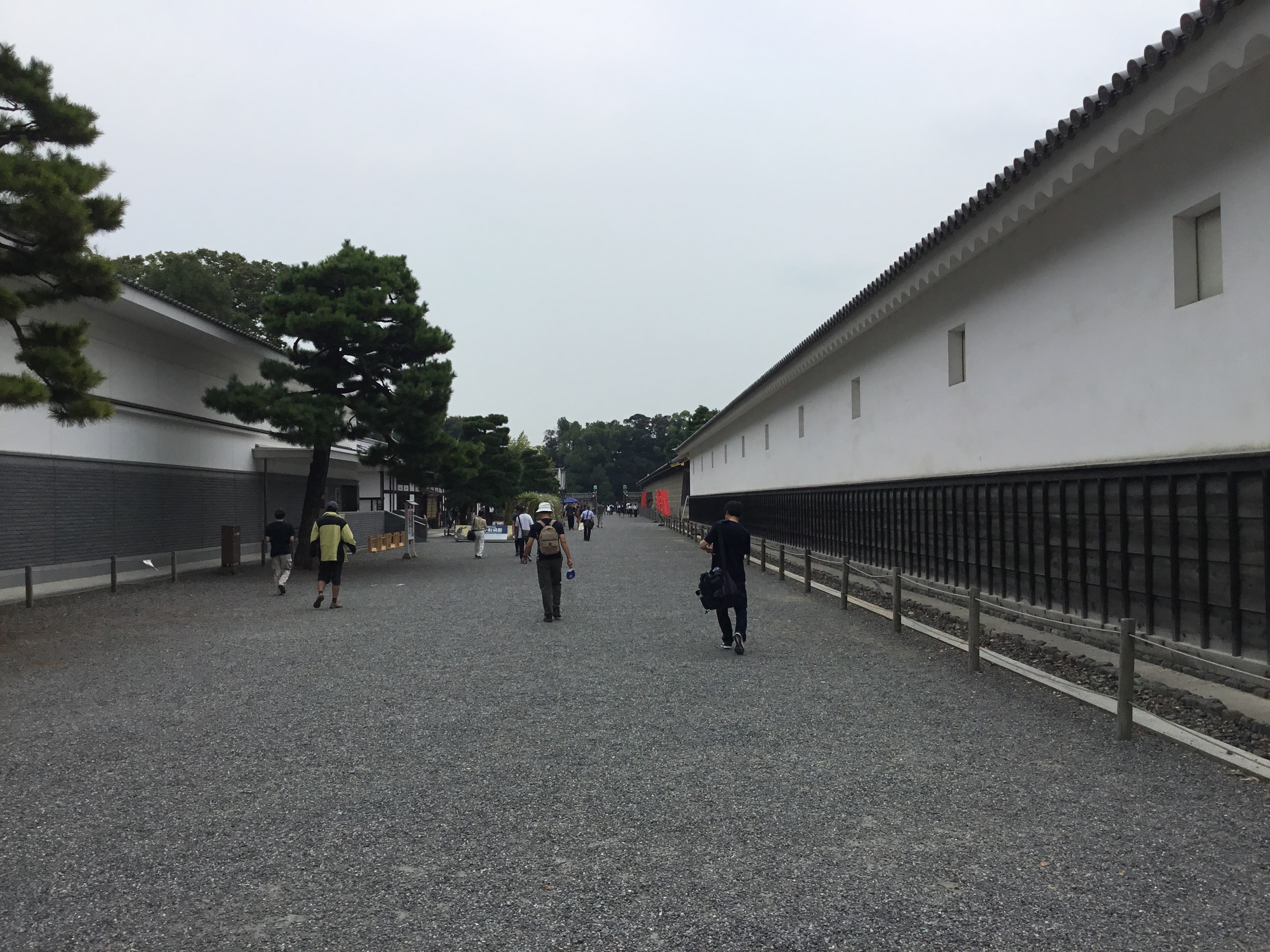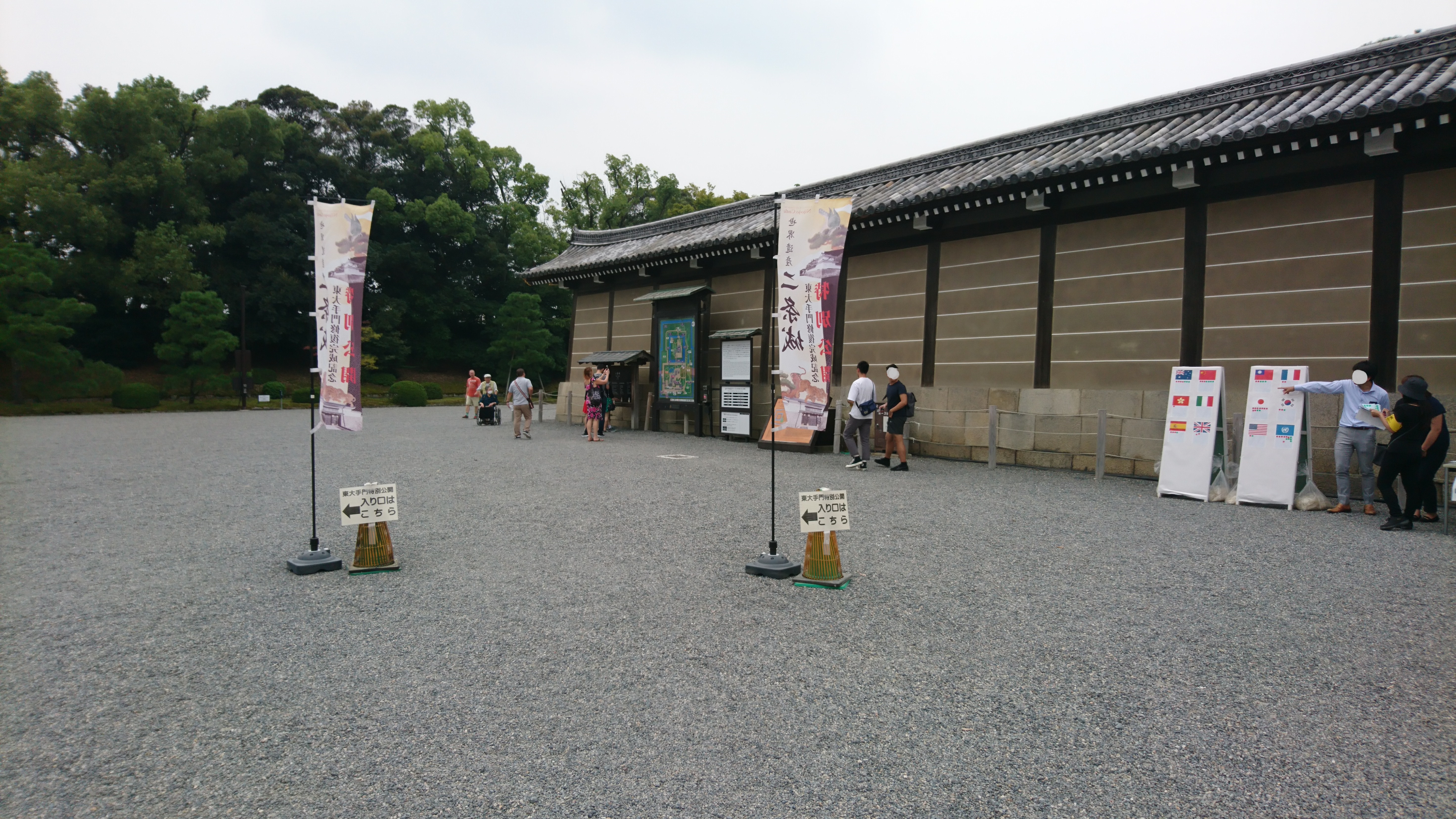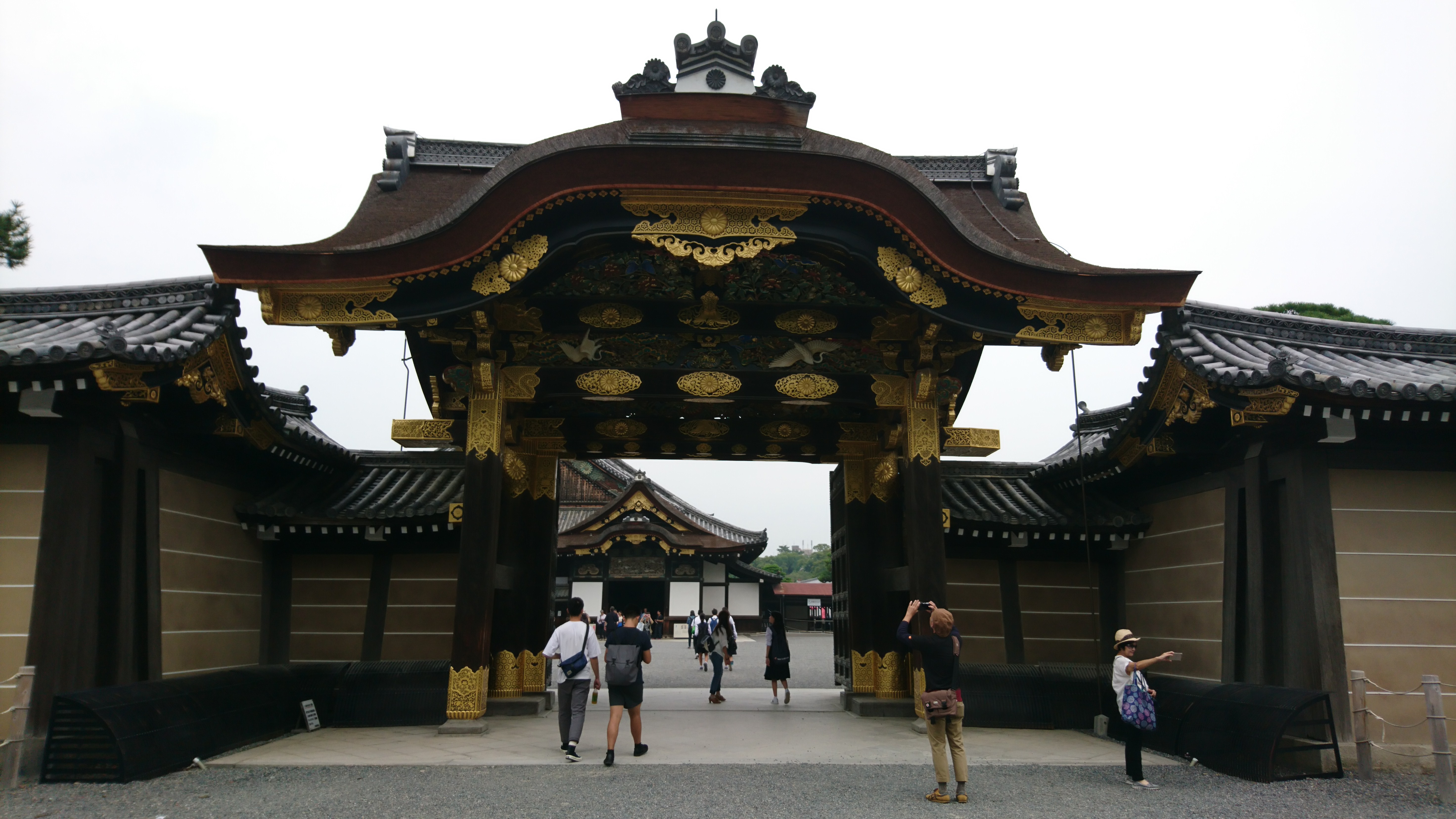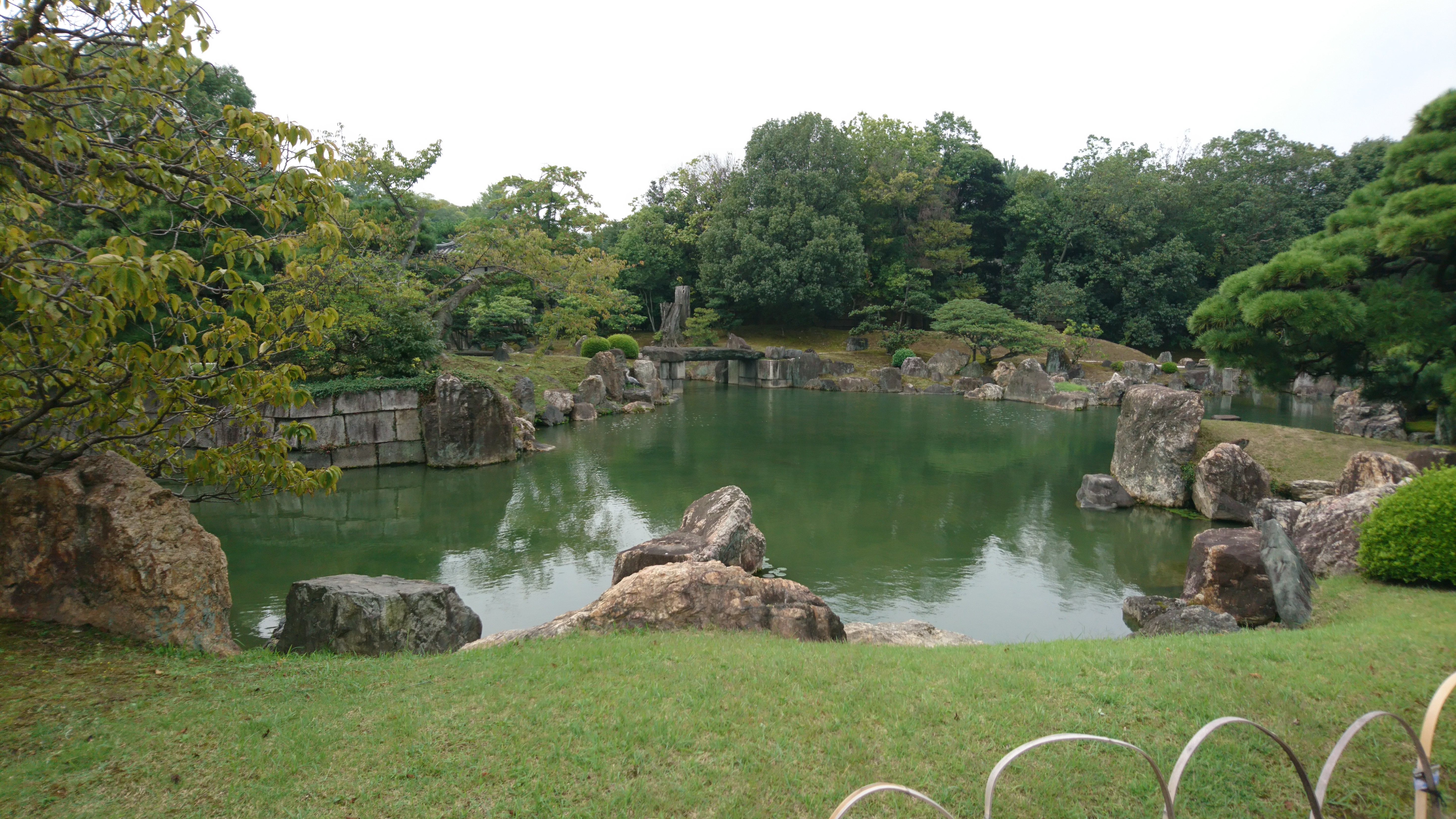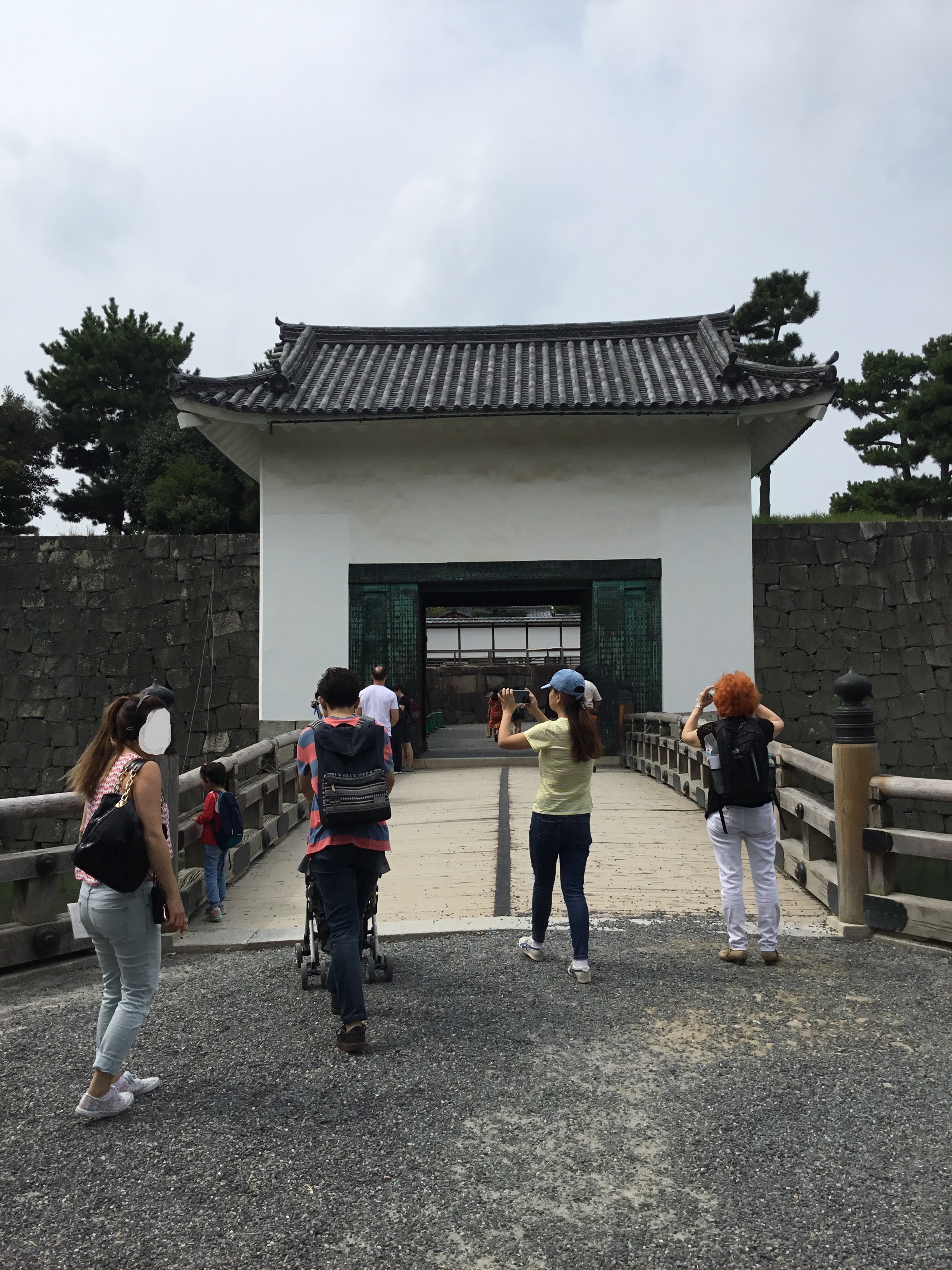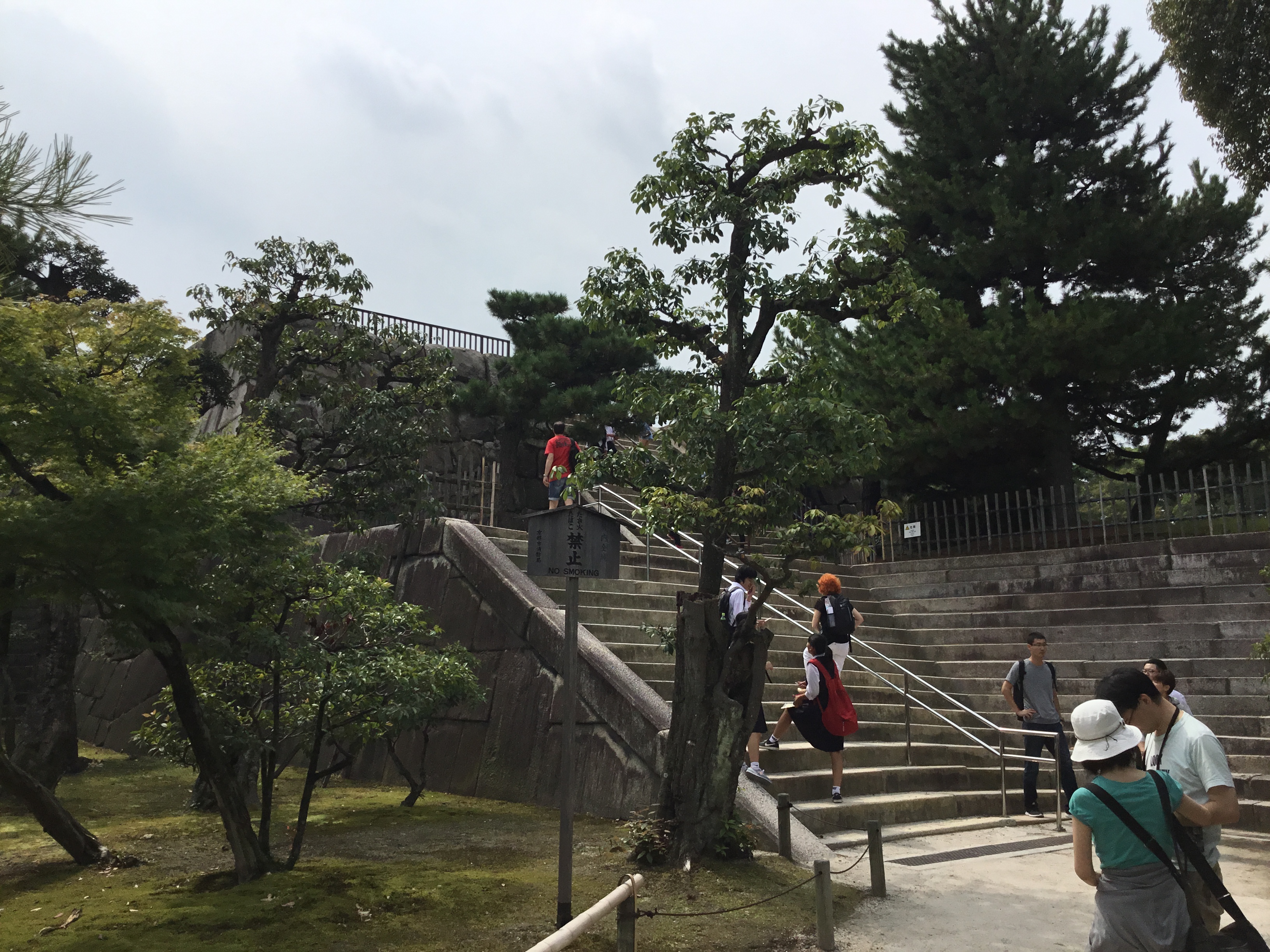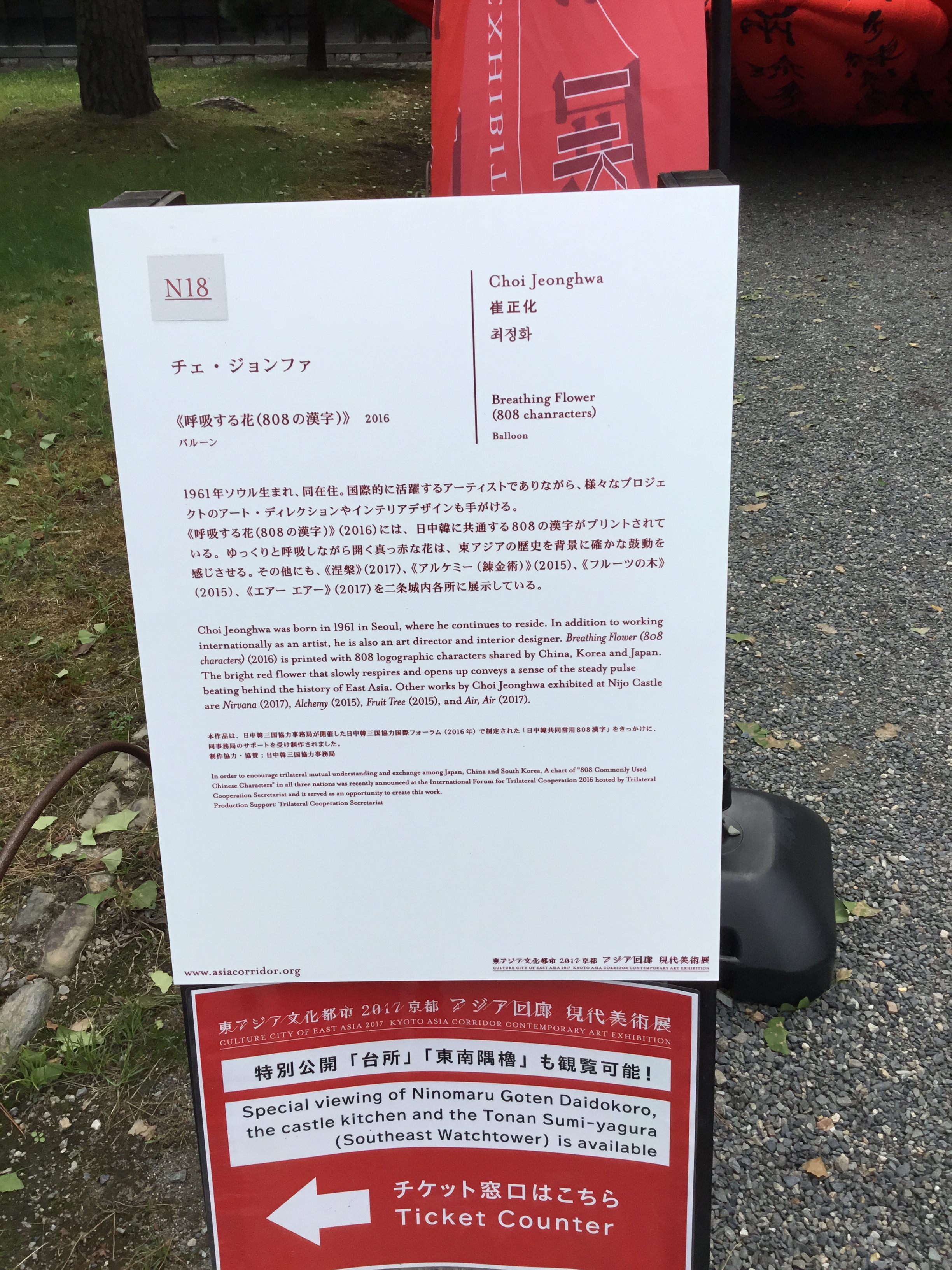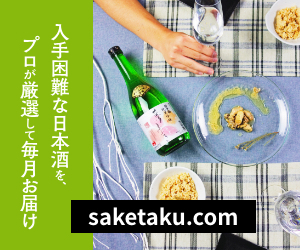- Home
- My Trip Diary
- Osaka to Kyoto – Nijojo as an observer of Edo Shogunate
Osaka to Kyoto – Nijojo as an observer of Edo Shogunate
- 2018/9/16
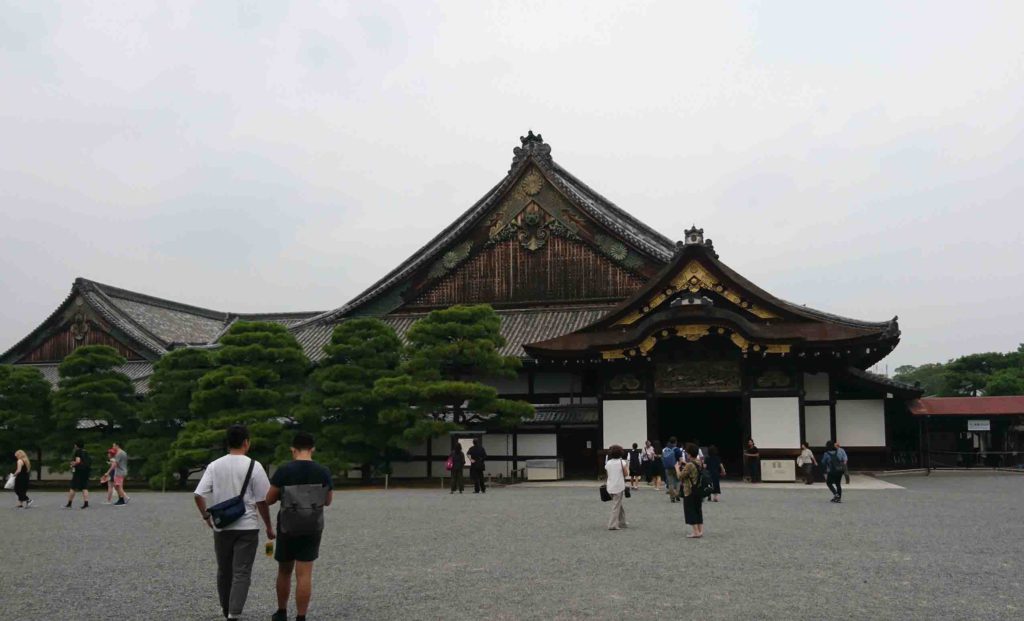
Good evening.
Thank you very much for visiting this blog.
Today’s story is about Nijojo (Nijo Castle) in Kyoto which I visited.
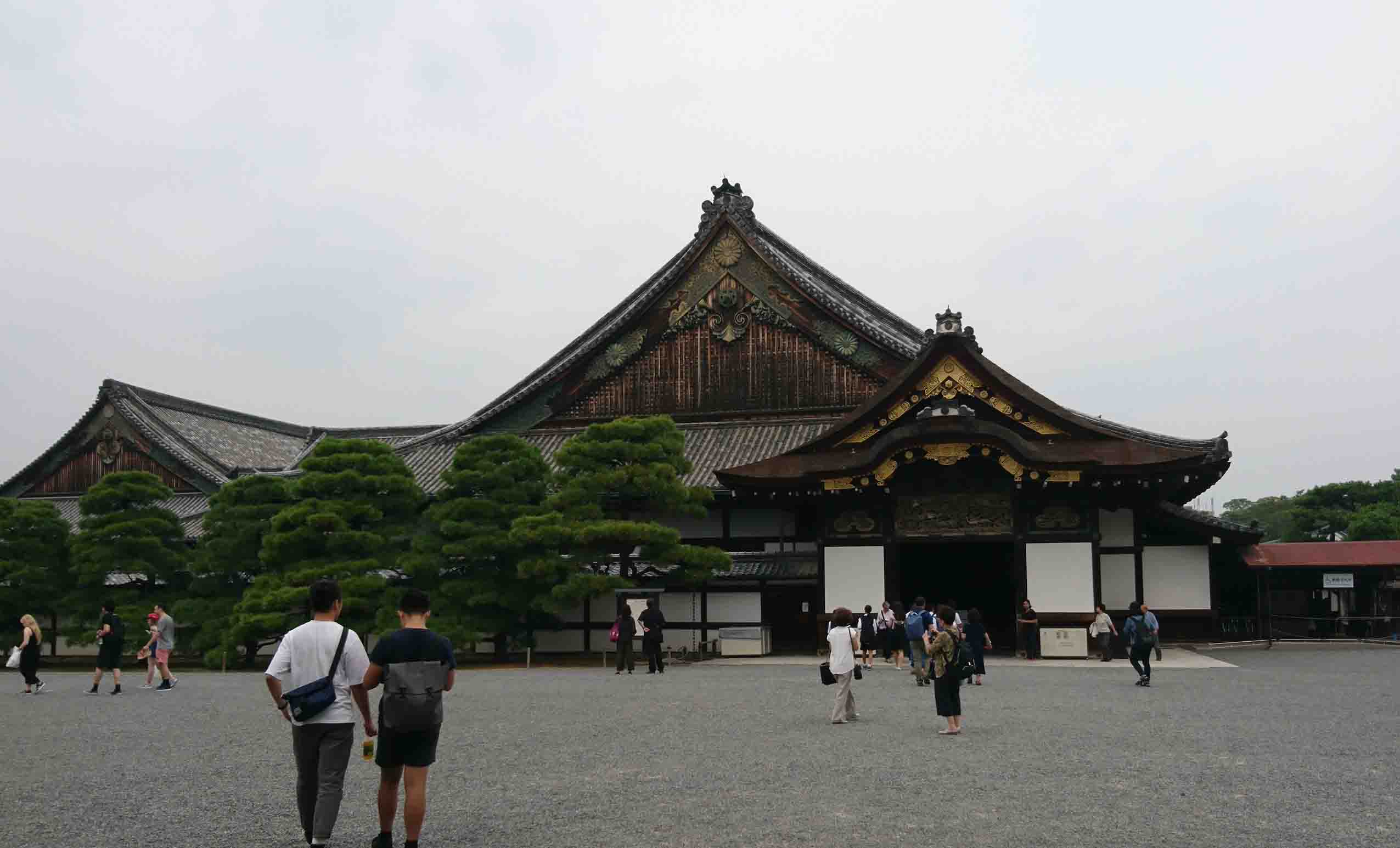
Contents
From Osaka to Kyoto
The last blog was about a night in Osaka drinking with my colleague, and today is about the day after the night.
While my colleague got late for work on the day, I was still on holiday.
I had a good sleep until half passed 7 at the hotel ^^;
I didn’t know that my colleague was having a bad morning at that time, and I was so relaxed having breakfast.
I’d had so much foods and drinks on the night before, so I wasn’t very hungry.
I was so thirsty, and I had a lot of Coca Cola Zero which shouldn’t go with breakfast in usual time.
I packed my bag and checked out at the hotel.
I saw around the shops near the hotel a little, and left for the next destination, Kyoto.
Even to me, this website looks like a tourist blog, but this is actually a website that you can look up what kind of Nihonshu is available at which restaurants.
I visit places to collect the information for the database.
Because I’m an ordinary business man living in Tokyo, it is difficult for me to go outside of Tokyo for research, and most of the data is from Tokyo, especially around stations along my commuting route.
I had been wishing to add information of Osaka, Kyoto, Kobe, Nagoya, Hiroshima, Fukuoka, Sendai, and Sapporo in the data base as these are other main cities of Japan.
I was planning to visit Osaka, Kyoto, and Nagoya to collect the Nihonshu data on this trip, so I moved to Kyoto after Osaka.
I had been to Kyoto (probably) three times including a school trip.
The places I had visited were Kiyomizu-dera, Kinkakuji, Uzumasa, and Toji Temple which are all at the outer ridge of the center town of Kyoto, but I’d never been to the center area.
Therefore, I made a rough plan to visit Nijojo, and then to research restaurants along Karasuma-Dori where a branch of the company which I worked for before locates.
I headed Nijojo first.
Nijojo
I started driving along Meishin Expressway, and changed to Kyoto Jukan Expressway later.
I entered Kyoto City by National Route 9, and parked my car at a parking lot near Horikawa Gojo.
And then, I walked to Nijojo.
I decided to walk because it didn’t look very far from the car when I saw the map, but maps sometimes look different from actual land.
It took longer than I expected.
I wanted to save time because I was going to stay in Toba City in Mie Prefecture for the night, and I wanted to be there at least around 3 in the afternoon.
So, I took a bus on the way and finally arrived at Nijojo.
This is it.
This is “Otemon” (the front gate of Japanese castle).
It’s big and looks solid, but it doesn’t have works to attack enemies efficiently like Takeda Castle.
In that point, this gate is an ordinary gate.
If you go through this gate,
You see a wide street like this.
As you can see, there were no devices.
After going on this straight street,
There is a corner.
Over the corner,
there is another gate called “Karamon” to enter “Ninomaru Goten (Ninomaru Palace)”.
This gate doesn’t look good at defense either, while it is beautifully decorated with gold foil and carving arts like Yomeimon of Nikko Toshogu in Tochigi Prefecture.
This map below was on the guide board, and you can see the castle’s territory on it.
In this map, you can see that Nijojo is not really a castle with high defense ability seeing its simple structure of only a big rectangular “Sotobori (outer moat)” and a smaller square “Uchibori (inner moat)”.
Of course, the retainers of Ieyasu Tokugawa, who built this castle, thought so, too.
According to Wikipedia, Ieyasu answered to this apprehension like this; Ieyasu thought that it was enough to stand enemies’ attack while waiting for reinforcements for 1 or 2 days. If this castle had high defense ability, it would be difficult to win back when the castle was usurped.
In addition, the location is not suitable for fighting, so I imagine that it was built with minimum defense ability, and it was rather designed as a lodging for the Shogun in Kyoto.
Ninomaru of Nijojo
Going through “Karamon” in the previous photo,

You see “Ninomaru Goten”.
This is the building in which the well-known event in Japanese history, “Taisei Hokan”, which the last Shogun, Yoshinobu Tokugawa, announced the restoration of imperial rule.
There is a room which was made to reproduce the picture of Taisei Hokan which we often see in school textbooks.
For example, there were dolls of the people who attended this event to make the scene.
Also, you can see amazing wall paintings which are worthy of Shogun’s palace.
Unfortunately, photography was prohibited in the building, so I can’t show you how it was.
There are photos of the wall painting and the hall on Nijojo’s website. Please see here if you are interested.
After I enjoyed Ninomaru Goten, I moved to “Honmaru (the main building of castle)” according to the route.
I went on the path along such as beautiful garden next to Ninomaru Goten.
Soon I arrived a gate called “Honmaru Yaguramon”.
Unlike Ninomaru Goten or Otemon, this one is designed to be useful in wars.
Honmaru of Nijojo
I crossed the bridge and went through the gate.
Then “Honmaru Goten (Honmaru Palace)” appeared.
It’s like a private house in the Showa period rather than a Shogun’s palace.
Originally, Nijiojo’s Honmaru Goten was not less gorgeous than Ninomaru Goten when it was first built, but it was burnt down because of a thunderbolt in 1750.
In 1788, other buildings around were also burnt in a fire in the town of Kyoto which expanded to Nijojo, and the palace had been left without being rebuilt.
The present Honmaru Goten is the previous residence of Katsuranomiya (one of the imperial families) which was in Kyoto Gyoen (the imperial park) and relocated to this place during 1893 and 1894.
Similar buildings were built as normal people’s houses more than 100 years after this imperial residence was built.
I’m a bit curious about if “imperial-style” houses for general citizens show Japan’s growth.
Going further, there is “Tenshudai (the base of Tenshukaku: the main tower of castle)”.
There was “Tenshukaku” of 5 stories, but it was lost in the thunderbolt strike in 1750.
This Tenshukaku is known as the one which Emperor Gomizuno’o climbed up, and no other Tenshukaku in Japan had emperors visit inside.
After Tenshukaku’s place, I walked along the route to the gate at the west side of Honmaru, and I went back to Otemon on the northern route.
On the way,
There was a mysterious thing.

It looked like “Rafflesia” in “Gundam F91” to me, but it was different.
There was a board to explain what this is near it.
It was a monument of a flower on which 808 Chinese letters which are commonly used in Japan, China, and Korea are written.
I guess it’s meant to show the friendship of the 3 countries, but it looked scary like curse letters to me ^^;
This year is the 150th anniversary since Taisei Hokan in 1867. This monument might be one of the celebration.
Conclusion
Unlike Takeda Castle, Nijojo was more like a palace of the person in the supreme position rather than a castle. Therefore, it was a tourist spot with beautiful buildings, gates, and gardens.
This article might give you an impression that Nijojo is one of ordinary sightseeing spot with a lot of tourists.
However, it is more interesting as a castle related to the beginning of Tokugawa Shogunate, not only the end of it.
Ieyasu Tokugawa, who is the founder of the Edo period, received the position of Shogun at Fushimi Castle on February 12th, 1603.
1 month after the proclamation, he moved in Nijojo and from here, he visited the emperor to give his thanks for his inauguration.
After that he had a celebration party later in this castle.
Nijojo can be called the stage of the beginning and the end of the Edo period to symbolize those times.
There were big wars in the beginning and the end of the Edo period and many tragedies were born from them.
We cannot feel such dark memories in the present Nijojo.
I hope that this place will be kept in peace from now on, too.
Such thoughts came up in my mind as a person who knows the castle’s history maybe because of the present situation that we feel the danger of wars closer than before.
It's our great pleasure if this article is helpful for you.
Restaurant Information
| Shop Name | |
|---|---|
| Prefectures | - |
| Tel | |
| Address | |
| Nearest Station | |
| Homepage | - |
| Business Hours | - |
| Holiday | |
| Introduction | |
| Sake List |
|

